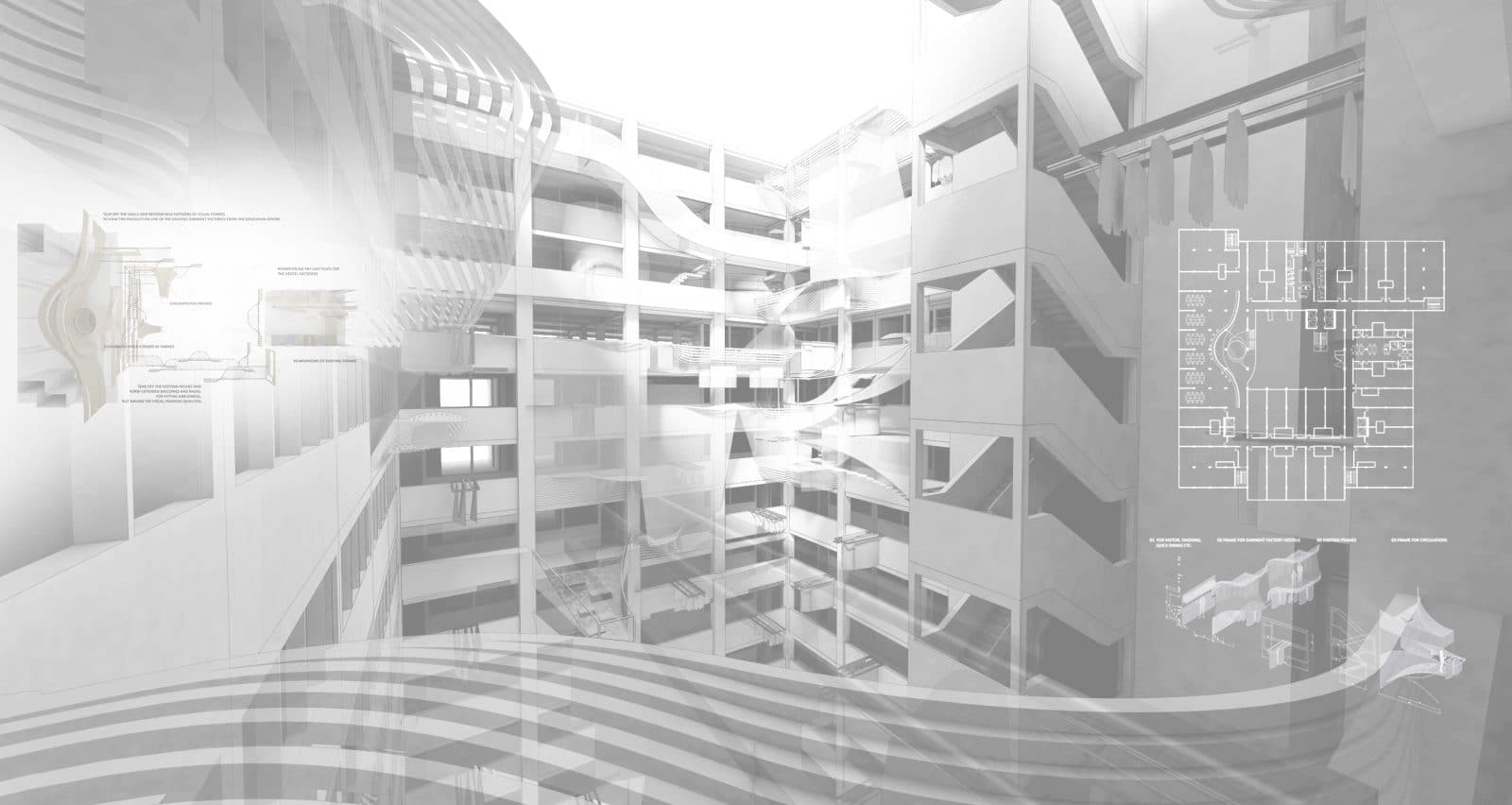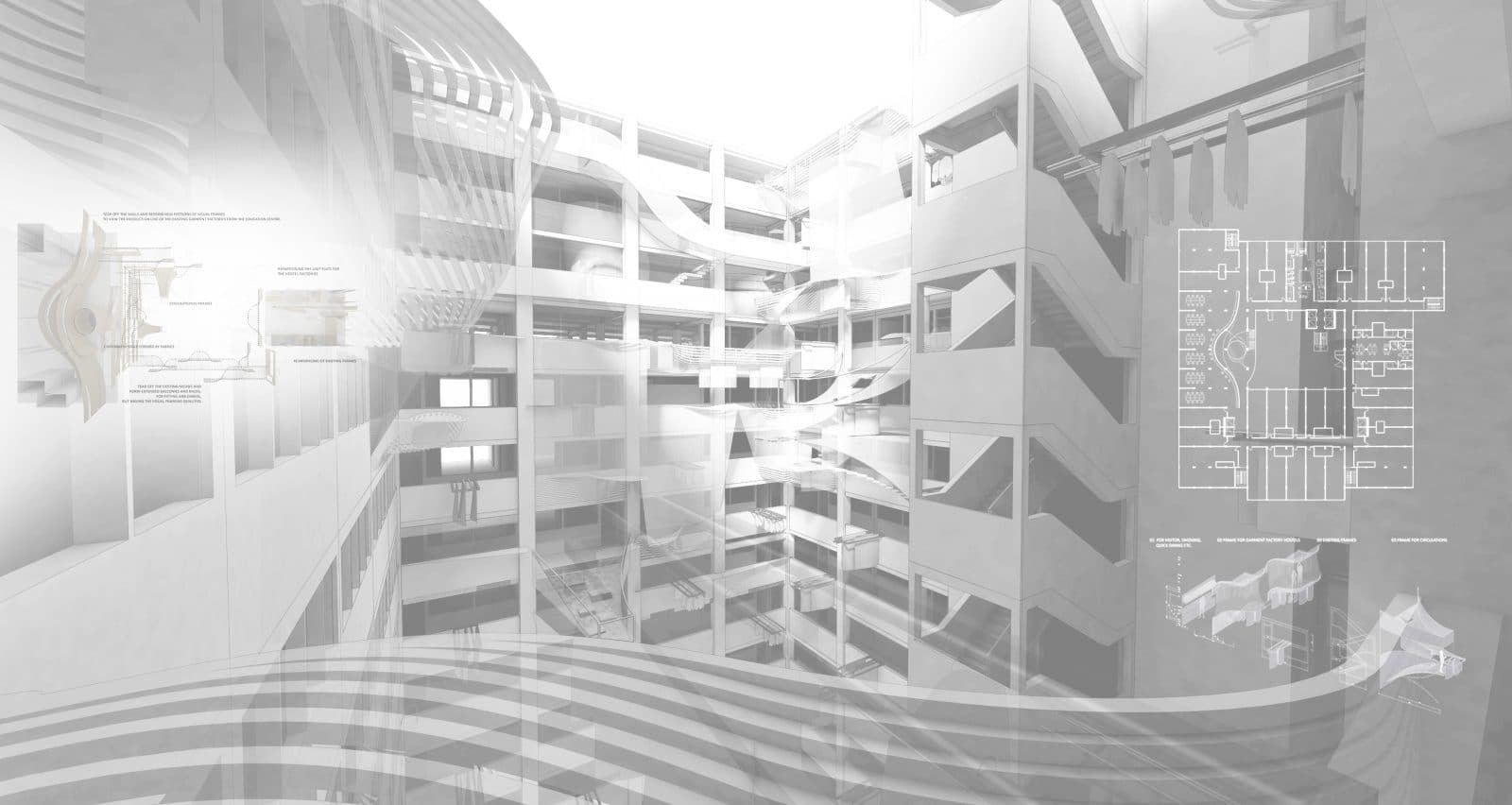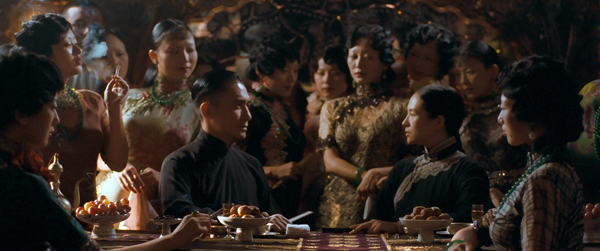Workshop Interview (Carman Liu)
Image from office(2015 Hong Kong film) Question : Is there a reason for using vertical designs for the film? Carman Liu : We were actually thinking about the… we decided a spiral staircase that is usually utilized in a very grand design where you have a chandelier in the middle. So, we decided that we wanted to make it more minimal. This kind of radioactive design was what we concluded on and tried these kinds of vertical railings and all these vertical screens, but not an actual wall in order to match the shape of the chandelier. Interviewee : Carman


